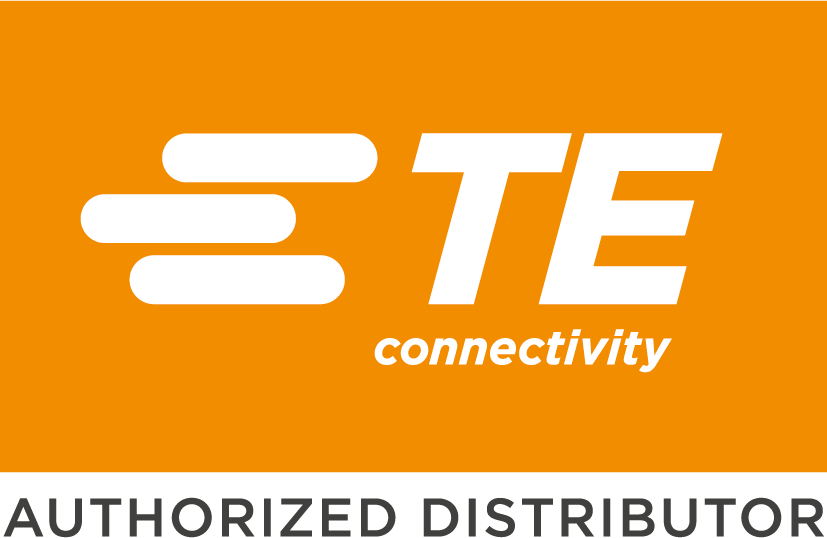
TE Connectivity AMP Connectors
TE Connectivity AMP Connectors is a globally recognized company that specializes in the design, manufacturing, and distribution of electrical connectors and interconnect solutions. With a rich history spanning numerous decades, the company has established itself as a trusted provider of innovative connectivity solutions. Offering an extensive range of products such as connectors, terminals, cables, antennas, sensors, and more, TE Connectivity AMP Connectors caters to diverse industries including automotive, aerospace, telecommunications, industrial equipment, and consumer electronics. The company's unwavering commitment to quality and customer satisfaction is evident in its stringent manufacturing processes and adherence to international standards. TE Connectivity AMP Connectors strives to deliver high-performance, reliable, and durable products that meet the demanding requirements of various applications. TE Connectivity AMP Connectors remains at the forefront of technological advancements through its focus on research and development. By investing in cutting-edge technologies and fostering collaboration with industry partners, the company ensures that its products are innovative and capable of addressing evolving customer needs. In addition to its broad product portfolio, TE Connectivity AMP Connectors provides comprehensive technical support and consultation services. These offerings assist customers in selecting the most suitable solutions for their specific requirements. With a global presence, the company serves a diverse customer base across different regions. Overall, TE Connectivity AMP Connectors is a reputable and esteemed leader in the field of electrical connectors and interconnect solutions. Its dedication to innovation, quality, and customer satisfaction continues to contribute to the advancement of technology worldwide.
Contactors (Electromechanical)
Results:
4
Series
Operating Temperature
Switching Voltage
Contact Rating (Current)
Termination Style
Coil Voltage
Must Operate Voltage
Features
Mounting Type
Must Release Voltage
Contact Form
Results remaining:4
Applied Filters:
TE Connectivity AMP Connectors
Contactors (Electromechanical)
Electromechanical contactors are devices that enable the control of large electrical loads by utilizing a smaller control signal. These contactors act as switches, allowing for the convenient and efficient activation or deactivation of heavy-duty electrical equipment. Contactors are available in a range of contact ratings, which determine their capacity to handle specific load sizes. The ratings typically include values such as 6A, 8A, 9A, 10A, 12A, 14A, 15A, 18A, 20A, 22A, 24A, 25A, 26A, 30A, 32A, 35A, 40A, 50A, 60A, 62A, 65A, 70A, 74A, 75A, 80A, 85A, 90A, 100A, 110A, 120A, 130A, 135A, 150A, 160A, 176A, 185A, 200A, 225A, 250A, 265A, 300A, 330A, 350A, 400A, 500A, 600A, or 1000A. These contact ratings indicate the maximum current that the contactor can handle without experiencing performance issues or damage. Choosing the appropriate contactor with a suitable rating is crucial to ensure safe and reliable operation of electrical systems and equipment. With their ability to control high-power loads, electromechanical contactors find extensive application in various industries where the operation of heavy machinery, motors, lighting systems, and other power-consuming devices is involved. They play a vital role in managing electrical power distribution, enabling efficient control and protection of electrical circuits.

